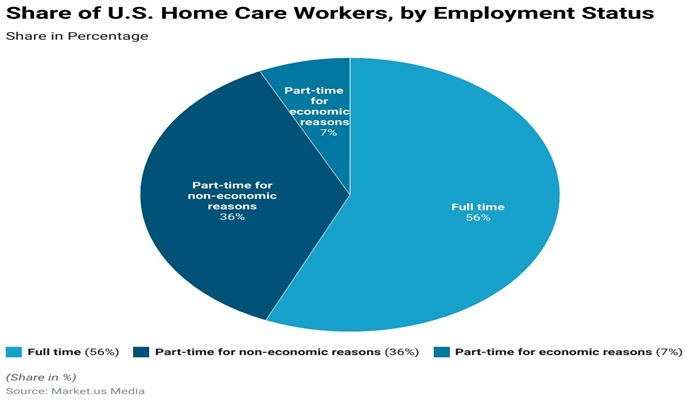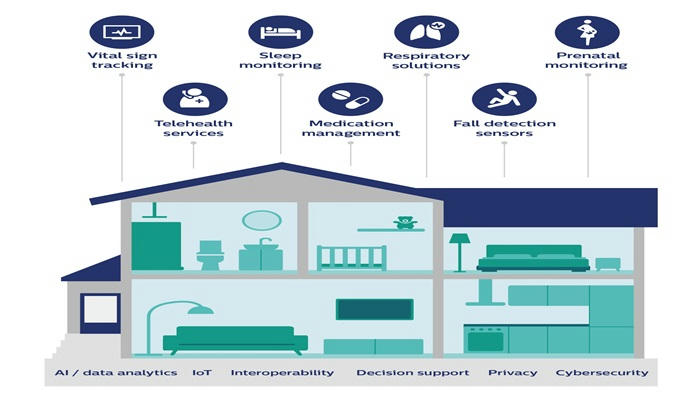The Rising Demand for Home Care Services in America: Trends, Challenges, and Solutions
America's home care sector is undergoing unprecedented growth, driven by aging demographics and technological innovation. This analysis explores key drivers, systemic challenges, and transformative solutions reshaping in-home healthcare delivery.
Demographic Imperative: Why Home Care Matters
Aging Population Dynamics
- 2030 milestone: All baby boomers will be 65+
- Chronic disease burden: 60% of adults have ≥1 chronic condition
- Cost comparison: Home care averages $4,500/month vs. $9,000+ for nursing facilities

Service Spectrum: Medical vs. Non-Medical Care
Clinical Home Care Services
| Service | Provider | Frequency |
|---|---|---|
| Wound care | RN/LPN | 3-7x/week |
| Physical therapy | DPT | 2-3x/week |
| Palliative care | Specialty team | 24/7 on-call |
Daily Living Support
- Personal care: Bathing, dressing, mobility assistance
- Nutrition: Meal prep for diabetic/cardiac diets
- Safety: Fall prevention home modifications
Industry Challenges by the Numbers
Workforce Crisis
- 1.3 million caregiver vacancies projected by 2027
- 42% annual turnover rate for home health aides
- **$14.50/hour** average wage (20% below living wage)
Systemic Barriers
- Medicaid limitations: 28 states restrict coverage to <20hrs/week
- Licensing complexity: 50 different state certification requirements
- Tech adoption gap: 65% of agencies lack remote monitoring tools

Innovative Solutions in Action
Workforce Development
- Career ladder programs: CNA-to-RN pathways with tuition reimbursement
- AI scheduling: Reduces caregiver travel time by 35%
- Respite care subsidies: $2,500 annual tax credit for family caregivers
Technology Integration
| Tool | Functionality | Impact |
|---|---|---|
| Biometric sensors | Continuous vital sign monitoring | 40% fewer ER visits |
| Medication robots | Automated dose dispensing | 95% adherence rate |
| Virtual reality | Dementia therapy sessions | 30% reduced agitation episodes |

Policy Roadmap for 2025-2030
Legislative Priorities
- Universal Caregiver Act: Federal training standards + $15/hr minimum wage
- Telehealth Parity Law: Mandate insurance reimbursement parity
- Home Infrastructure Grants: $5B for aging-in-place modifications
Quality Assurance Measures
- Real-time GPS tracking: Monitor caregiver punctuality
- Outcome-based payments: Tie 30% reimbursement to patient satisfaction
- Blockchain records: Tamper-proof care documentation
Future Projections: The 2030 Home Care Landscape
Expected Market Shifts
- 45% of post-acute care delivered at home
- 75% adoption rate for AI care coordination platforms
- 50% reduction in hospital readmissions through predictive analytics

Conclusion: Building a Sustainable Model
Three pillars for success:
- Workforce investment: $8.5B annual funding for caregiver training
- Tech-enabled care: Universal remote monitoring by 2028
- Policy alignment: Federal standardization of reimbursement
The home care revolution requires collaboration between agencies, tech firms, and policymakers. By addressing current challenges through innovation and strategic investment, America can create a patient-centered care model that combines compassion with cutting-edge technology.
